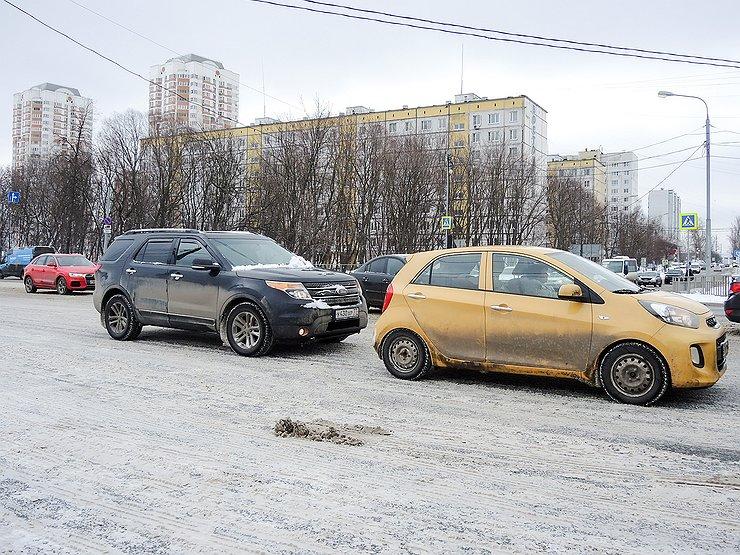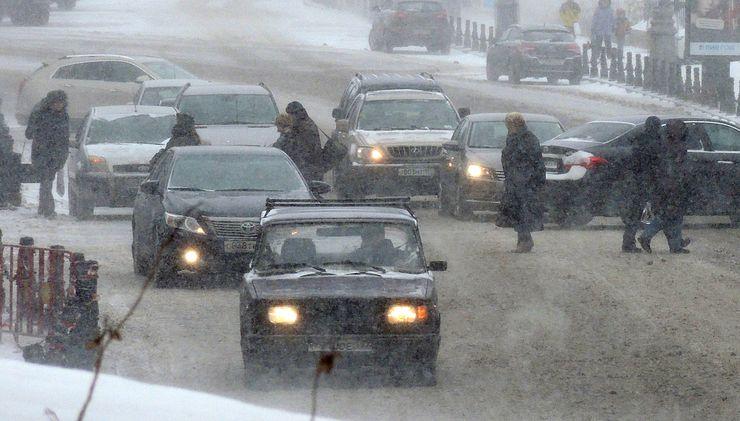
How and why car brakes often fail in winter
One of the most important elements of preparing a car for winter is changing the brake fluid. And when was the last time you changed it? But according to the regulations, this must be done every 30 km.
Years ago, when the grass was green, the sun was bright, speeds were slow, and brakes were drum brakes, brake fluid was a cocktail of alcohol and castor oil. In those golden times, which did not know traffic jams and high-speed highways, such a modest recipe was enough for drivers to completely stop the car. Today, the demands on components have increased because the automotive industry has gone far ahead. But the key problems of the brakes have not yet been resolved. Especially the winter aspects.
And the main one is, of course, hygroscopicity. The brake fluid absorbs water and does it quickly enough: after 30 km, the “filling” of the brake hoses and the reservoir must be replaced. Alas, few people do this, so the first really low temperatures immediately fill the snowdrifts and parapets with cars. The water inside the system freezes, the pedal “dubes”, and the caliper actuation is slow and far from being as productive as the engineers planned. The result is always the same: an accident.

In order not to make this costly mistake, an experienced driver will always change the brake fluid before frost. Moreover, he will not take the leftovers from the garage shelf, but go to the store for a new one. It's all about the same water, which is unknown - we remember from the condensate, which is always and everywhere in a closed iron box - even in a sealed bottle. In order not to change “an awl for soap”, you can pre-purchase a special gadget that is available at every service station, and is responsible for only one operation: it shows the percentage of H2O in any liquid. It costs a penny, and the result of the work is worth a ruble.
So, we ended up in an auto parts store in front of a long shelf with multi-colored cans. What to look for? Why is one better than the other? The first step is to consult with the seller: not every brake fluid can be poured into an old car. Modern formulations are rich in various kinds of reagents that increase the boiling point and reduce moisture absorption. The trouble is that they simply corrode the old rubber bands and connections in the brake system, therefore, after such a rash replacement, it will be necessary to carry out a global repair and a complete update of all nodes. So-so perspective. It is better to take an older and less aggressive chemistry.

If you are a happy owner of a fresh foreign car, then the main factor for choosing is temperature. In other words, at what temperature will the "brake" boil. With prolonged braking and cork crush, as well as with brakes stably wedged in winter, the temperature from the pads and discs is transferred to the brake fluid and can periodically bring it to a boil. Cheap "bubble" already at 150-160 degrees, and more expensive - at 250-260 degrees. Feel the difference. At this moment, the car will actually lose its brakes, and the "hussar" acceleration from the traffic light will most likely end in the stern of a neighbor in a traffic jam.
To minimize the very likelihood of such an autumn-winter blues in the brake system, the fluid, which is a consumable and “requires attention” every 30 km, just needs to be replaced. This is not difficult to do, it is quite possible to perform this operation on your own in a garage cooperative. Most importantly, don't forget to bleed the brakes afterwards.
